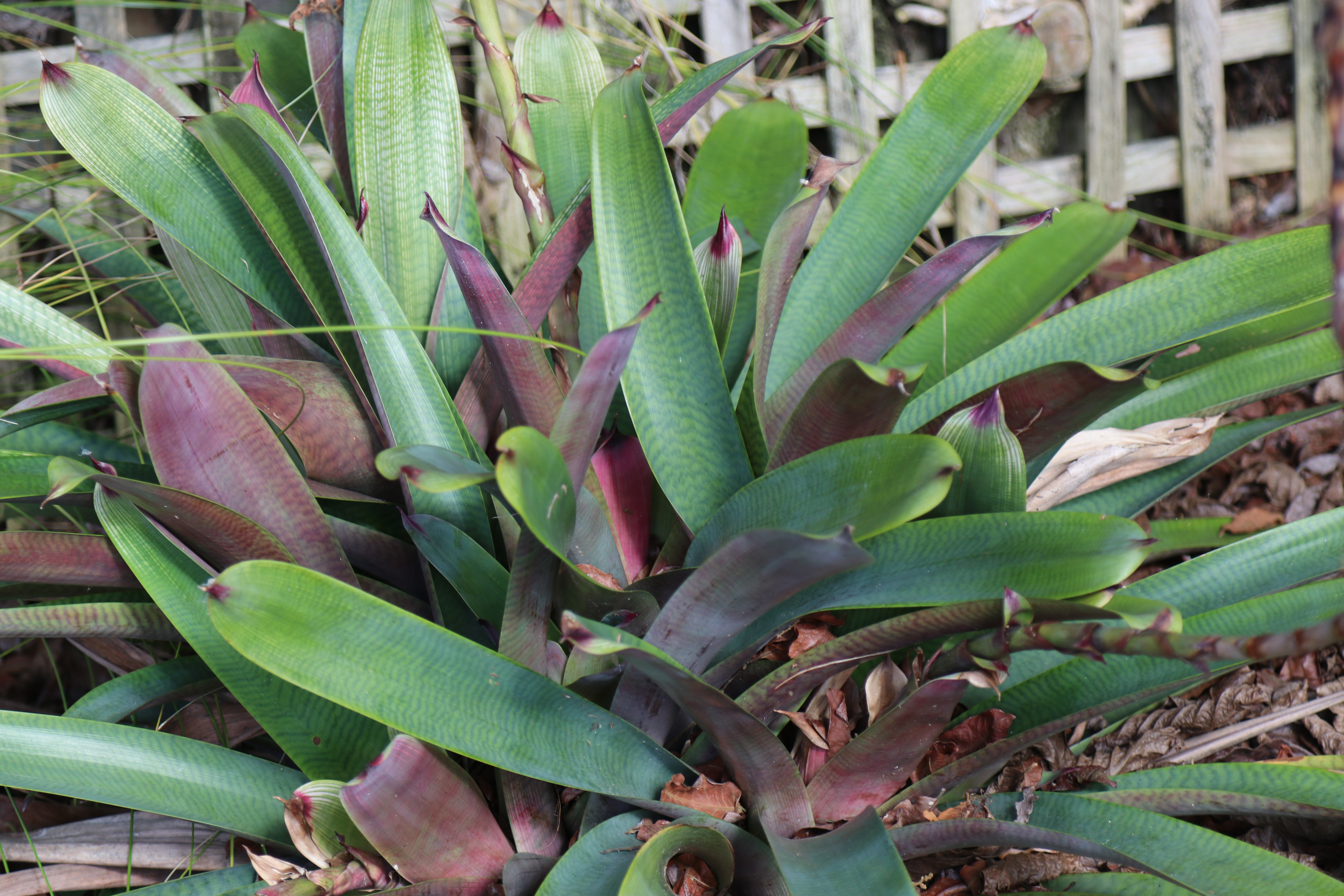Flowers and foliage
Leaves are long and strap-shaped,
Preferred site
Prefers
Preparation for planting
Always choose healthy, well-grown
Maintenance tips
Apply an organic mulch
Location at Auckland Botanic Gardens
Logan Campbell
Interesting facts and tips
This bromeliad collects water and debris in its central rosette. The debris breaks down and the nutrients help feed the plant.




.jpg?width=1200&height=1200&v=1d4024dceb89e50)

.jpg?width=1200&height=1200&v=1d5569224d63650)
 .jpg?width=1200&height=1200&v=1d4024df6ce2770)
.jpg?width=1200&height=1200&v=1d55676a892f2b0)
 .jpg?width=1200&height=1200&v=1d4024e3b65f7f0)